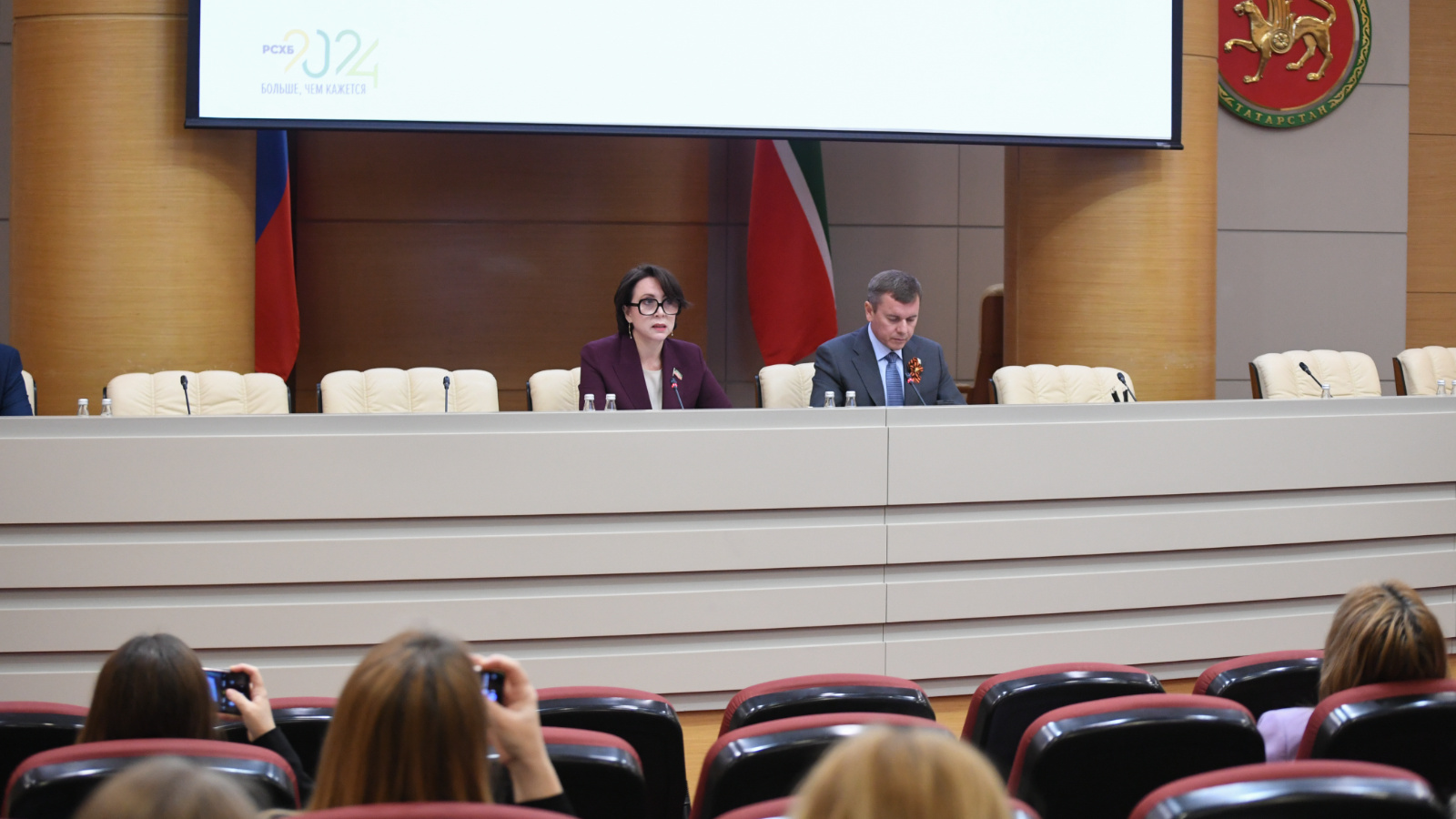Marat Zyabbarov: “38.8 billion rubles are required for spring field work”

Today at the Government House there was a briefing on the progress of spring field work. Deputy Prime Minister of the Republic of Tatarstan – Minister of Agriculture and Food of the Republic of Tatarstan Marat Zyabbarov took part in it. He said that warm April had a beneficial effect on the condition of winter crops.
Since the fall, 550 thousand hectares of winter crops have been sown at the optimal time, of which, due to lack of moisture, 17% or 94 thousand hectares went into the winter undeveloped (in the awl phase). According to these areas, there were doubts about successful overwintering, but today their condition has improved, 92% or 508 thousand hectares are assessed as good and satisfactory. Death rate is less than 1%.
Fertilizing of winter crops and perennial grasses was carried out on an area of 769 thousand hectares, which is 87% of the plan. Harrowing of crops and plowed land was carried out on an area of 2.2 million hectares (77%).
Novosheshminsky, Chistopolsky, Drozhzhanovsky, Nizhnekamsky and Aksubaevsky districts were the first to sow (April 17). As of today, 684.2 thousand hectares of spring crops have been sown, this is 38% of the plan (plan 1802 thousand hectares). Sowing work has begun in all regions.
“I would like to note some farms that have already completed sowing spring crops. These are the Islamov peasant farm in the Muslyumovsky district, Alan LLC and Agronur LLC in the Buinsky district. They have already completed spring sowing. More than 80% of the work was completed in LLC AgroTransPort Drozhzhanovsky (92%), LLC Ural Kukmorsky district (86%), LLC AF Kazanka Arsky district (86%), LLC Cheremshanagro Cheremshansky (81%), LLC SHP AgroAktiv Apastovsky district (81%) “, said Marat Zyabbarov.
Last year, 76.1 billion rubles were invested in the production of crop products.
“In order to maintain the resource supply for field cultivation this year, according to preliminary calculations, 79 billion rubles are already needed, of which 38.8 billion rubles are needed for spring field work,” the speaker explained.
The supply of grain and leguminous seeds is 136%. With a need of 313 thousand tons of seeds, there are 428 thousand tons, of which 45% are original and elite.
“In general, the readiness to carry out spring field work is high. We will make every effort to successfully carry out the sowing campaign,” summed up Marat Zyabbarov.